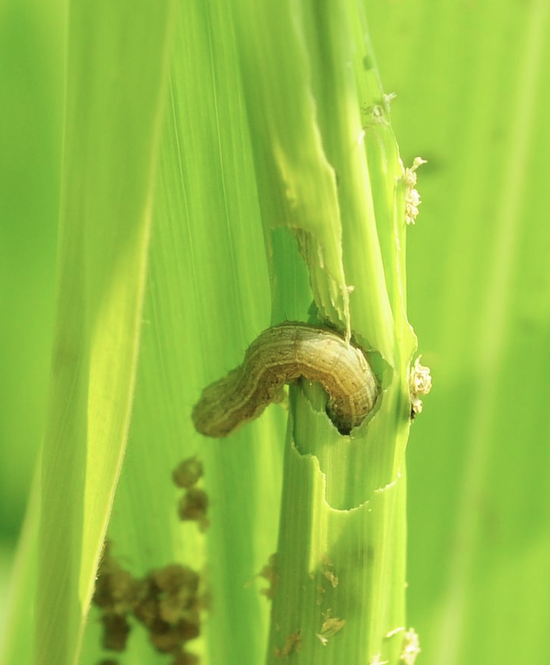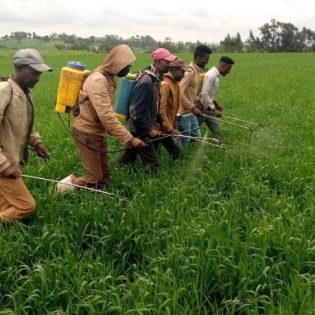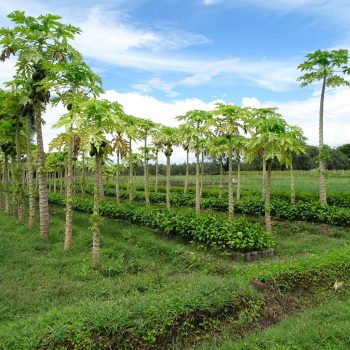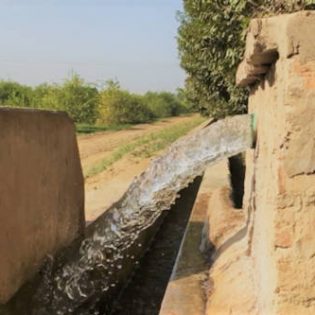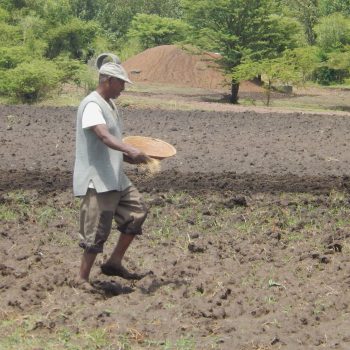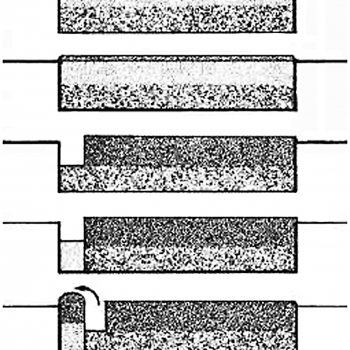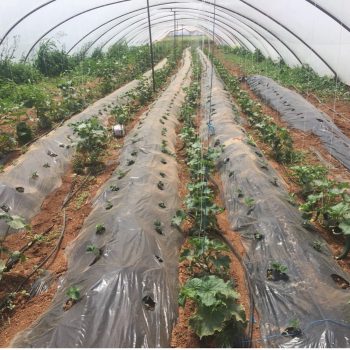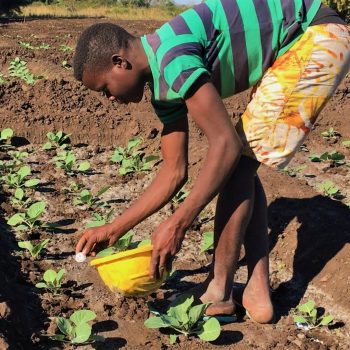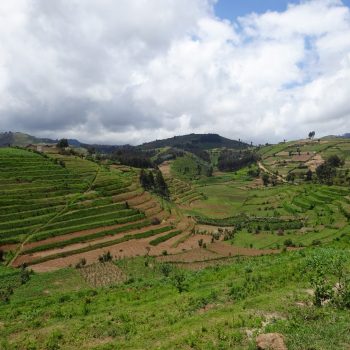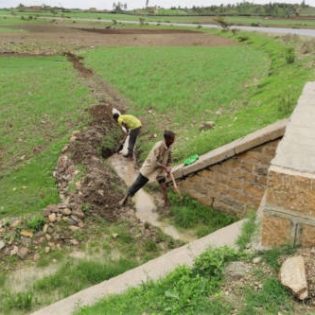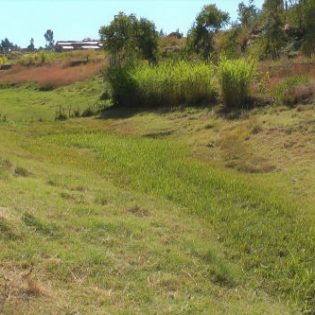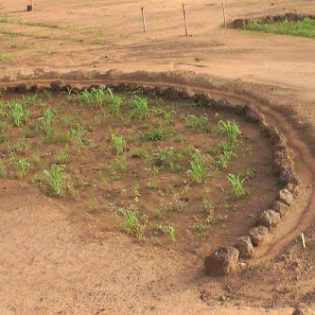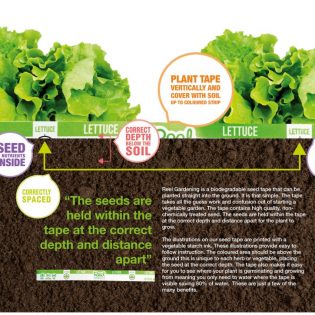| Integrated pest management (IPM) as opposed to single pest control methods is a strategy that combines a larger range of cultural, biological, mechanical, and chemical tools and practices. It relies on a deep understanding of pathogen life cycles and plant-pathogen interactions. By rationalizing chemical interventions and doses, IPM aims to use resources more efficiently, reducing costs and environmental and health externalities. IPM includes four steps:
1) setting an action threshold; 2) monitoring and identification of pests; 3) prevention; and 4) control. Prevention methods encompass several practices using pest-resistant crops, including rotations, intercropping, and using certified and pest-free planting material. These methods can be highly effective and cost-efficient while preserving the environment and human health. Similarly, any method for early monitoring and pest detection is crucial in preventing the outbreak of devastating diseases and avoiding cost-intensive measures. Once the threshold for action has been reached, various control methods are available, starting with the least risky pest control methods, such as pheromones for pest mating or mechanical control. If these are not working, then, targeted pesticides may be applied. Broadcasting and nonspecific pesticides are the last resort (US EPA n.d). Several studies confirm the potential and profitability of this approach (Dasgupta et al., 2007; Pretty et al., 2011). IPM has found wide application in Asia and Africa, often promoted in farmer field schools as part of programs aimed at social and human development. Rice yields in Mali have been reported to rise from 5.2 to 7.2 t/ha and in Senegal from 5.19 to 6.84 t/ha, with up to 90% reductions in pesticide use (Pretty et al., 2011).
|
Additional information
| Agriculture | Flood/spate irrigated, Irrigated, Rainfed (Crop) |
|---|
